For my university project “A Photographic Portrait Of Shirehall” I have been making photographs of the buildings that were, until this year, the headquarters of the Shropshire County Council. The aim being to capture the essence of the building and hopefully add to the archive of imagery and evidence of its existence, in the event that it is taken down to make way for another development.
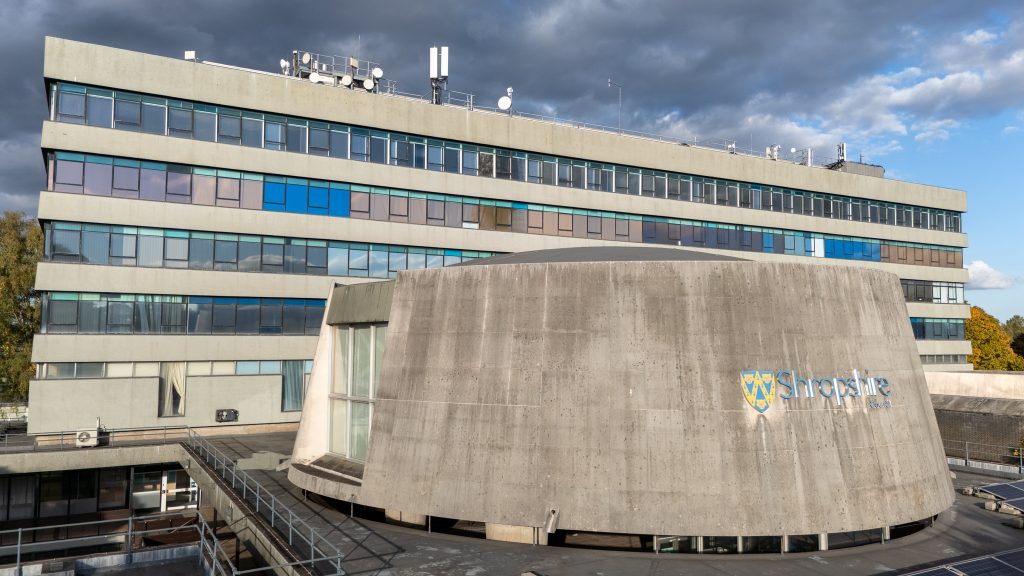
Whilst I have been wandering around making images with my drone, digital and film cameras I’ve been noticing the mosaic tile frontages on the building and how they change colour as you make your way around the perimeter. Stood in front of a wall last week I had the idea to maybe do a “rubbing” with a piece of paper and a wax crayon. That mutated into using my printing equipment to create a relief print of the pattern featured on the wall. I thought about it for a few days and prepared my gear for this Saturday just gone.
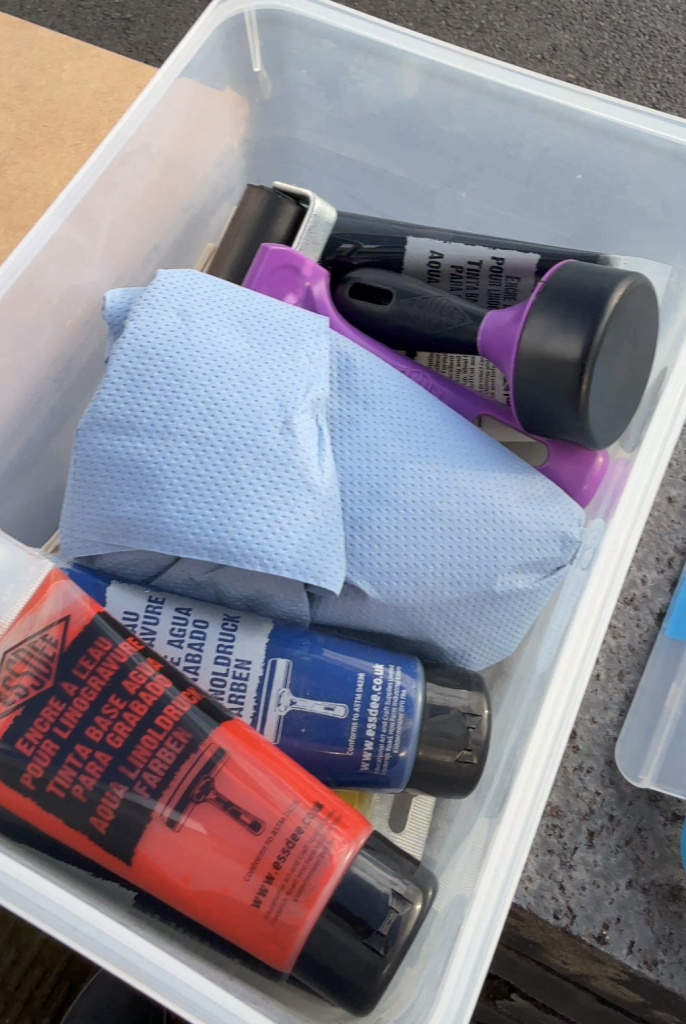
I visited the Shirehall and selected an area of the wall where I had spied some damage the week before and then loaded up my brayer/roller with some water based red ink and applied it to the wall in a large enough amount to cover a sheet of paper. Once I had enough paint on there I tore a sheet of 160GSM paper from a sketchbook that I don’t use and then pressed this against the inked up surface then spent a while pressing it against the surface with a smooth cloth to transfer the ink across.
At this point a dog walker passed and stared at me with a big red splodge on the wall so I promised that I would be cleaning it up once finished and he was interested in what I was doing, saying that “this will all be covered over with posh houses soon” before heading off. That was the only time that anyone bothered me during this escapade.
The paper peeled off the wall but I was disappointed with the image not being dense enough. I decided to put more ink on the wall and rolled on some more before repeating the paper pressing process and pulling off a perfectly imperfect image. There were gaps in the print where the uneven surface of the tiles sat and I found this to be pleasing to my sensibilities. Whilst I was pressing this paper to the wall I thought about why the last print and possibly this one were not massively strong. Thinking back to Print Club at Uni with Laura and Simon I remembered that when we did Linocut prints we soaked the paper in water for a minute so that the ink got sucked from the lino into the paper fibres.
It had been raining all night and there were many puddles around so I tore a sheet out of a smaller sketch book and ambled over to a large puddle, submerged it in the gritty and dirty water before lifting it out and dripping it as I walked to the red wall. Sticking it on the painted area and then pressing gently on the paper I could see the ink being sucked into the paper and I left it on long enough to guarantee a good print before pulling it away and moving it to a low wall I was using as a bench. It was super strong and the ink had properly come across but the wet nature of the paper meant it was leaching through the fibres, or wicking almost. I still really like this print though.


Using some paper cloth and a microfibre towel with some cleaning liquid the red ink came off the wall really well and I packed up to move off to another spot. Before I left I picked up some broken bits of mosaic tiles that had been smashed off the wall in the broken area and thought to keep these for some reason that I haven’t yet fathomed.
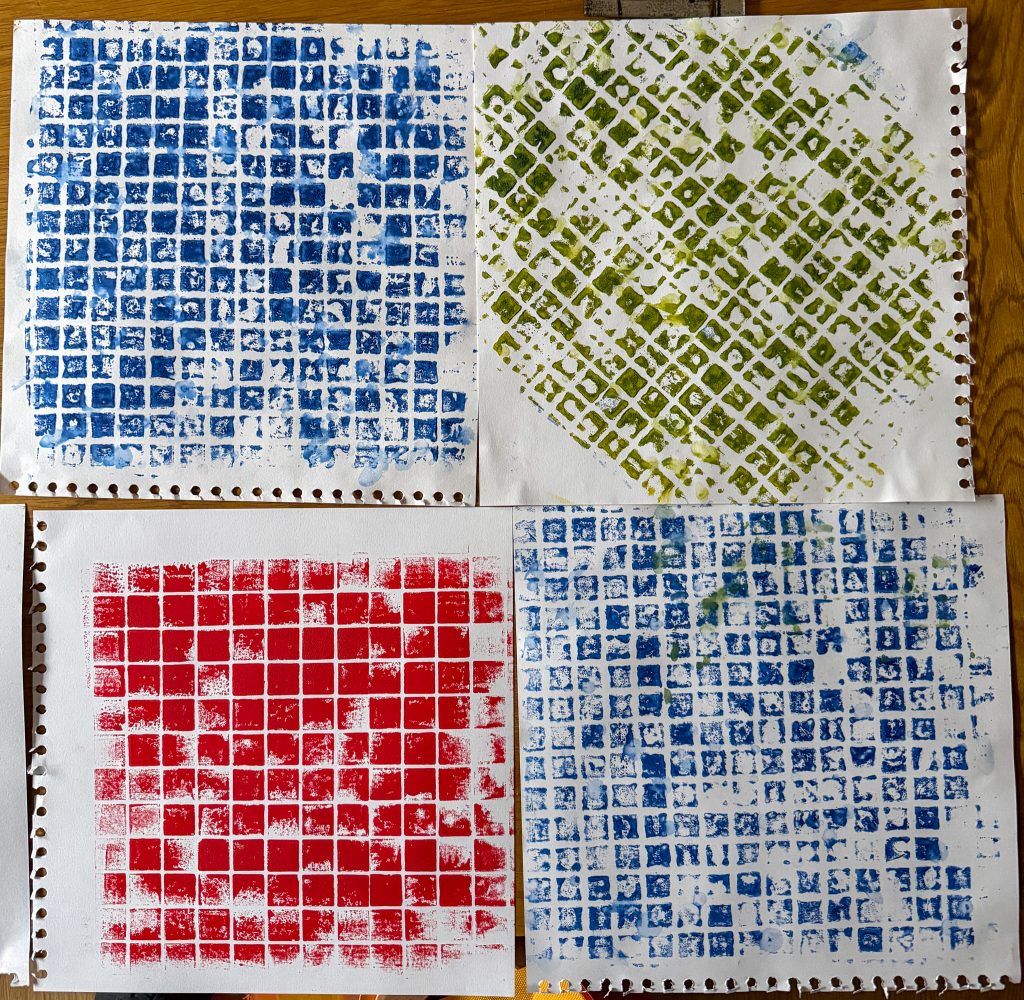
Heading into the middle of the building near the canteen/restaurant and main reception entrance I found a different type of wall tile that was a more speckled green colour and set up shop in the middle of a fenced off area that was covered by leaves from the nearby tree, and covered a wealth of broken glass bottles. This area is a hub for youngsters out for a night and a drink but they tend to just throw the rubbish away on to the floor, there was glass all over the main floor underneath the oval council chamber. Such a shame. I wonder if the council still have any workers tidying this stuff up any more as they are probably all working at the Guildhall in town.

I repeated the similar process on this wall and used blue ink as it felt more of a dark area and then after a couple of prints using blue I added a bit of yellow to make the prints a bit greener. This came from the colours of the trees and ivy where I was as well as the green smashed glass.
I used a couple of pieces of paper on this area and turned them 45 degrees so that the print wasn’t square to the paper. I used a smaller piece of paper too and then as I was coming to the end, I sprayed it with cleaning liquid and then did a print with this wet look.
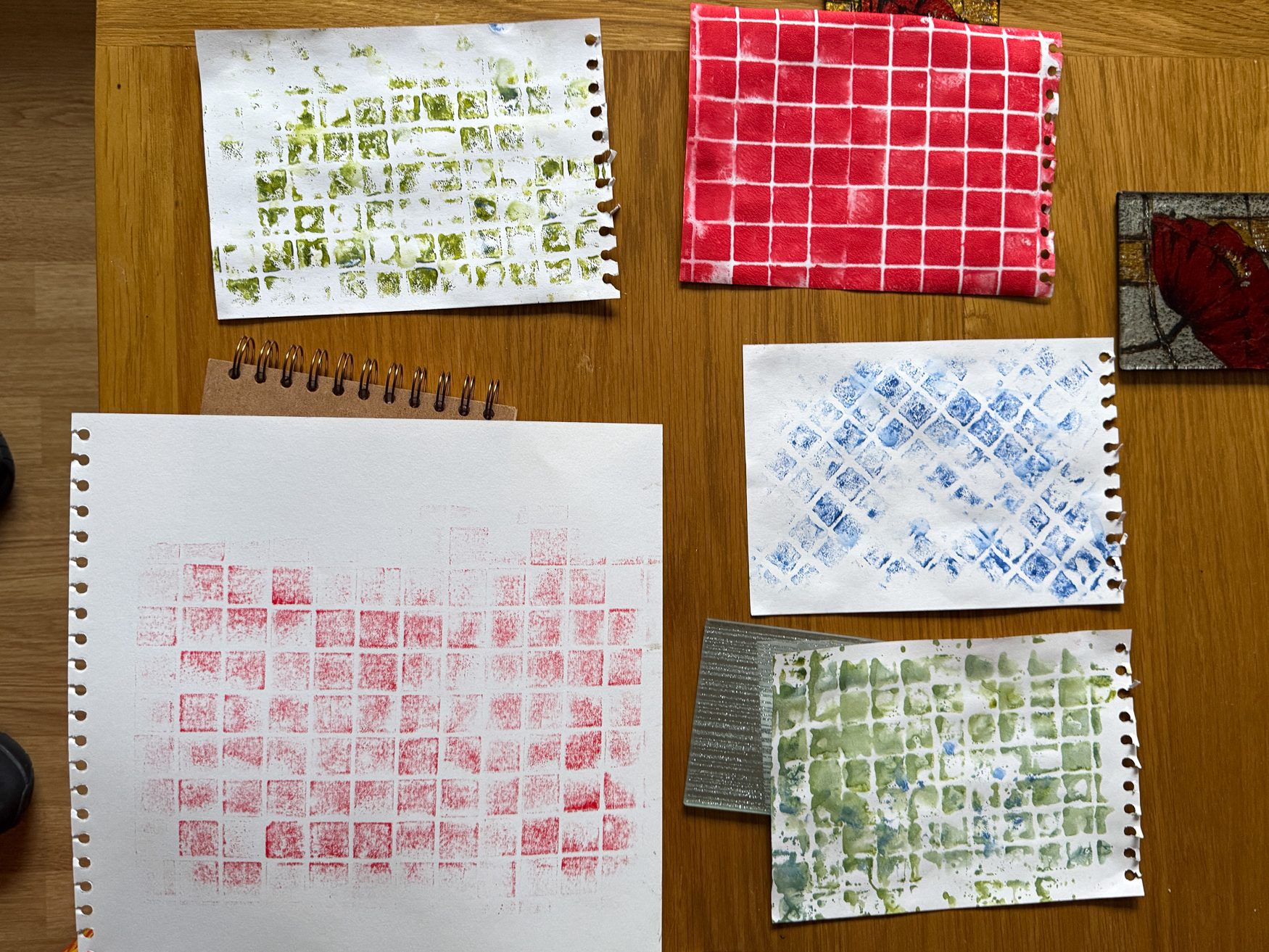
Then, with my prints spread all over the floor, it started tipping it down with rain and I had to rush to get my new prints in the car and undercover. There were a few small spots of rain that got to the paper but it also gives the images a bit more texture.
Cleaning up was done quickly, but carefully, then I headed to the small tunnel where I used the last bit of ink on the lid of the tub to paint a leaf that had been on the floor underneath the wall. Once covered in green ink, I pressed it between two pages of the sketch book and then opened up to let it dry.

Why did I do this? The truth of it is that I do not know. It felt like something I wanted to do, maybe to use as a texture/pattern when it comes to the possible exhibition in the degree show. I suppose I could use it as a pattern on the mount or a recurring theme somewhere.
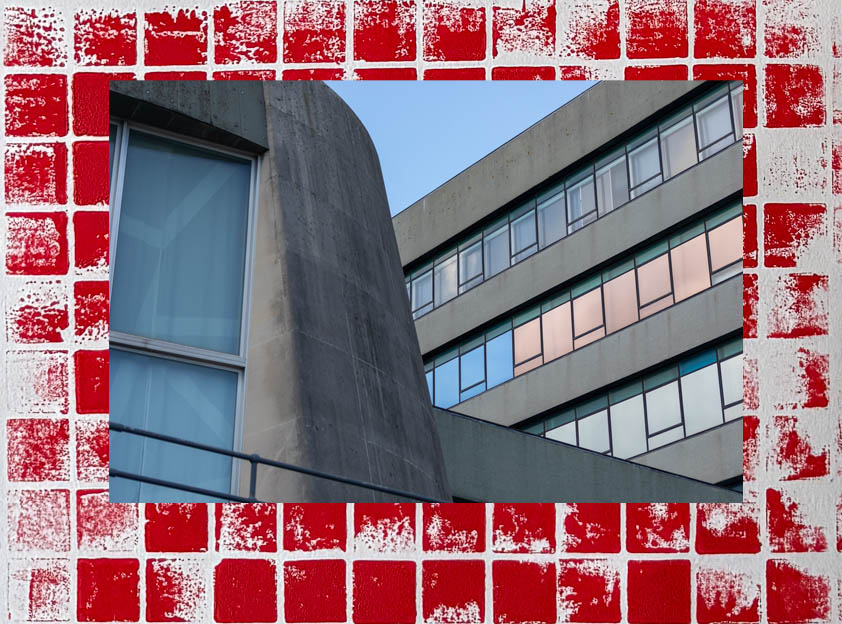
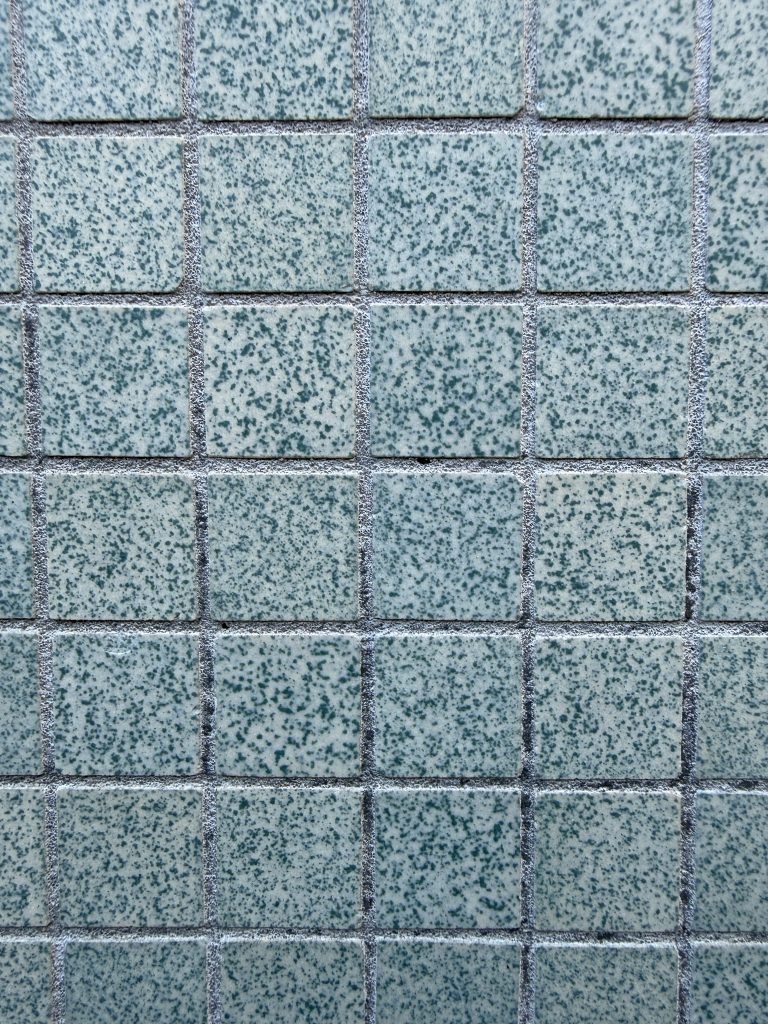


Be First to Comment